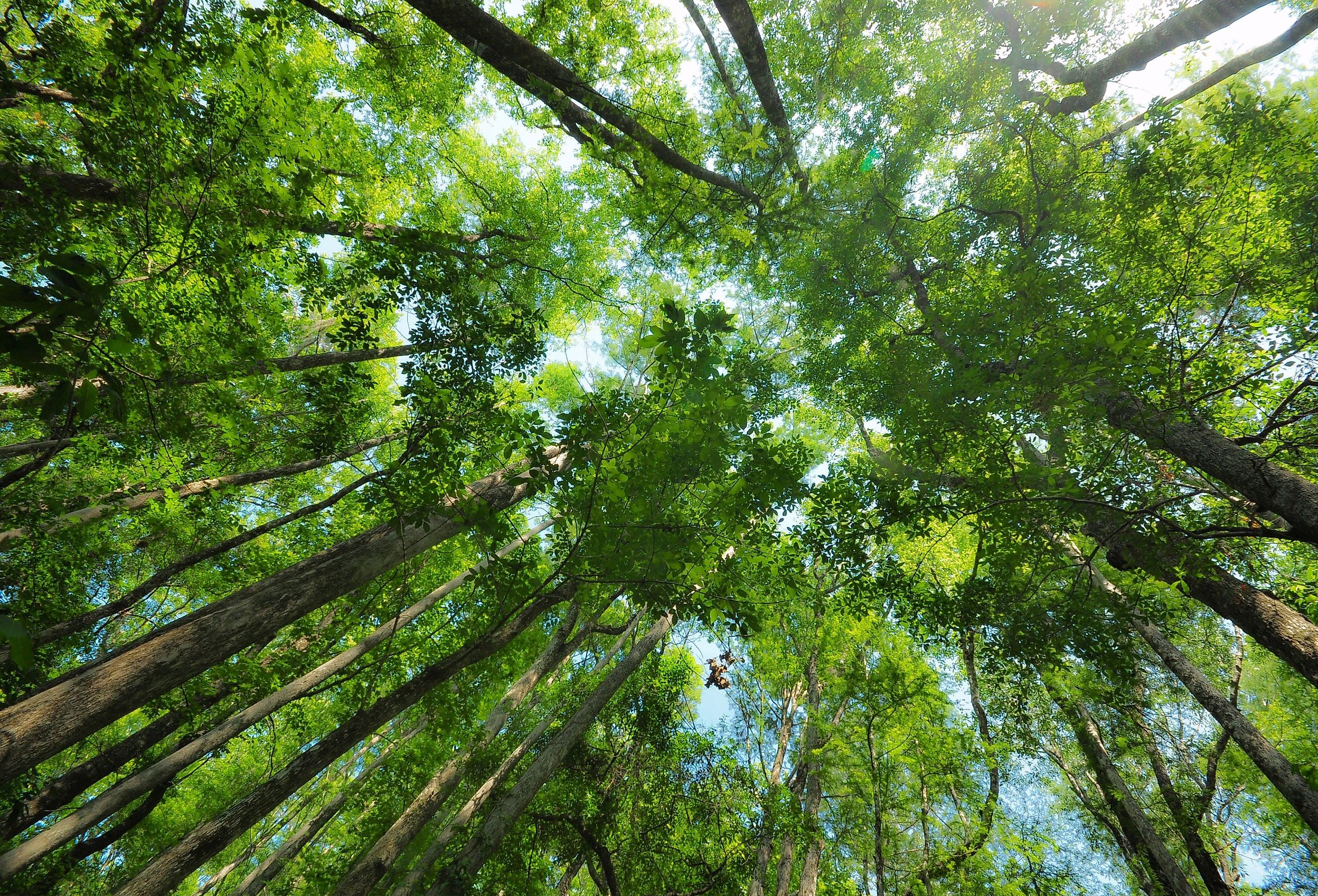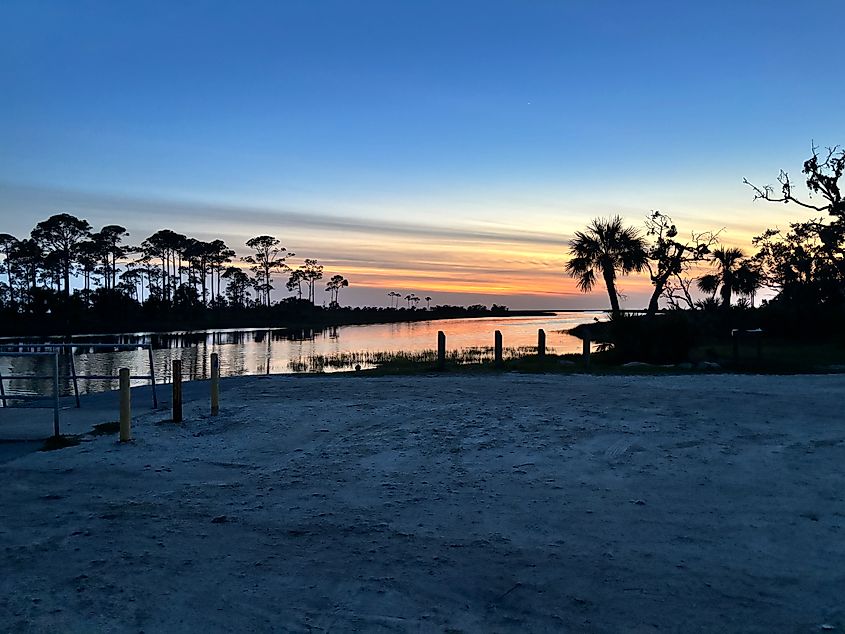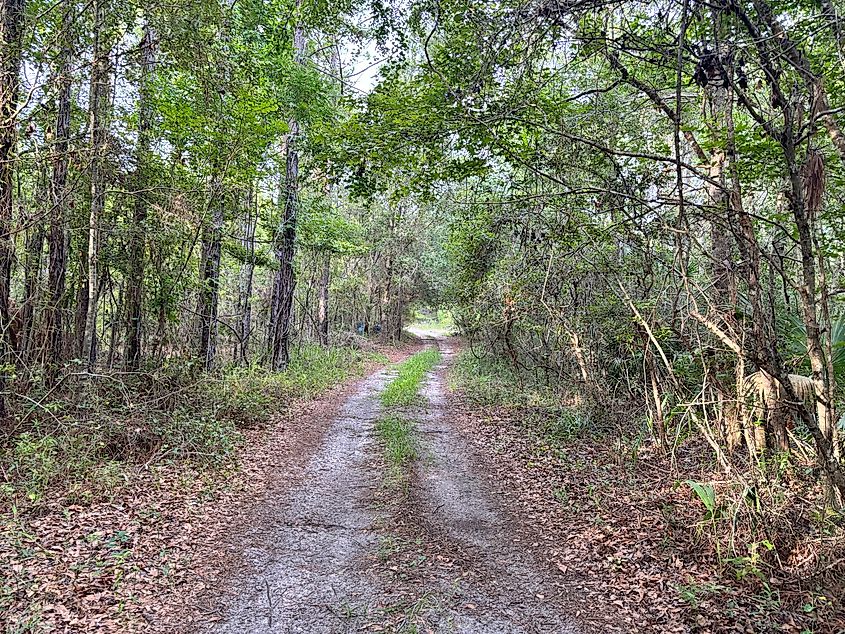
An Eco Tour Through Florida's Nature Coast
As a native Floridian, I have long been mesmerized by the Big Bend area. The vast pine forests, salt marshes, and unspoiled natural land have called to me for quite some time. I jumped at taking an eco-tour through parts of the region using an ATV, a kayak, and mosquito spray.
An eco-tour through the Nature Coast shows off the pristine side of Florida, not the concrete jungles that attract millions of visitors annually. I recently embarked on an eco-tour through the Big Bend to clear my head and see the "real" side of Florida. It was a fascinating journey into the marshes and forests where the only inhabitants are the local wildlife. Here is what I found.
The Nature Coast

The Nature Coast comprises over one million acres stretching over eight counties. The rural towns lack traffic lights, commercial properties, and the hustle and bustle of bigger cities throughout the state. Countless camping, hiking, and boating opportunities abound, including state trails.
The Florida Wildlife Commission has a significant presence, and many natural areas, like Steinhatchee Falls, are protected. The Nature Coast State Trail is 32 miles long and adjoins the historic Putnam Lodge in Cross City, near Horseshoe Beach.
Rocky Creek

Rocky Creek in Dixie County is a tidal creek that feeds into the Gulf of Mexico with an average depth of three to five feet. The shallow waters are littered with limestone rocks and many stretches of "off the beaten path" kayaking opportunities. The natural habitat consists of salt creeks and seagrass. The ample fishing opportunities provide bass, redfish, and trout, among many others.
It is not unusual to spot a bald eagle, deer, and many other native species near Rocky Creek. The creek connects to the Log Landing Wildlife Management Area, where I would spend the next leg of my eco-tour. In the early 20th century, old logging roads were cut through the forests, leading to 1,146 acres of pristine forests, salt marshes, and natural hammock lands.
Hammock Lands
The Gulf Coast hammock lands are tropical forests that grow on elevated soil surrounded by natural wetlands. The unique ecosystem is a product of its environment, including tree canopies, cabbage palms, oaks, saw palmetto, and gumbo limbo trees, among many others. The tree canopies keep the area cool in the summer while providing humidity in the cooler months. It is a unique ecosystem and one of the best parts of the eco-tour.
Hammocks are home to many animal species, like the Florida Panther, bobcats, horned owls, and snakes. The many paths through the Nature Coast provide easy access to a unique habitat and unspoiled swaths of land. The logging roads eventually connect to the Dixie Mainland, the most rural road in Florida.
The Dixie Mainland

The logging roads through the Nature Coast helped feed the local economy in the first half of the 20th century. Logging towns like Shamrock popped up, and timber companies took advantage of the deep-rooted cypress trees in towns like Perry, especially the Pecky Cypress. The primary road leads to what is now protected lands and is an ideal location to view one of Florida's most unique ecosystems.
The 9-mile Dixie Mainland was a tramway used during the 1920s to transport gigantic Cypress trees from the logging camps. It is now protected as part of the Lower Suwannee National Wildlife Refuge. The narrow limestone path is wide enough for two vehicles and is popular among hikers for the stunning views and habitats of the Lower Suwannee National Wildlife Refuge.
The Lower Suwannee National Wildlife Refuge

The Lower Suwannee National Wildlife Refuge covers 52,935 acres over two counties and the Lower Suwanee. Unlike many protected areas that protest a single species, the refuge protects the Steinhatchee River and the Lower Suwanee. The 246-mile Lower Suwanee is one of the largest undeveloped river estuaries in the United States and flows from Georgia to Florida.
The preservation area is notable for many hikers and bikers because of the abundant points of interest. Salt Creek flows into the Gulf of Mexico with a parking area and walking trails. Fishbone Creek is near a beautiful oak hammock, providing an excellent kayak or small boat launch. There are many other natural landmarks in and around the Nature Coast; one could spend a lifetime exploring them all.
Steinhatchee Falls

Steinhatchee Falls in Dixie County is the widest waterfall in Florida. It has been a vital crossing point used by Native Americans and settlers for thousands of years. The falls provide a serene background to the area and have several walking trails. Wagon wheel ruts can be seen today, and finding arrowheads is not uncommon.
Canoeing or kayaking the tannic waters is an excellent way to explore this part of the Nature Coast. I ended my tip here and took the time to enjoy the tranquil surroundings. The waterfall is not visible during high tide, but the sound of the fast-moving current puts an exclamation mark while hiking the trails.
Finally
Eco-tours are a responsible way to visit Florida's wildlife for ecosystem sustainability and less impact on the natural habitat. They are designed to lessen the impact on nature while providing local education about the wildlife and habitations that make up these magical expanses. There is no better region in Florida than the Big Bend for such a trip. The abundance of unspoiled marshes and forests in this region makes the trip seem like time travel, where there was more nature than mankind and much to see and do.
The trip through the marshes was electrifying and redefined my love for the area I already love immensely. The ancient pines and cypress trees were remarkable, and the quiet and stillness of the forests were deafening. The wetlands opened up new insights for me, and I will make this trip again, hopefully, sooner rather than later.











